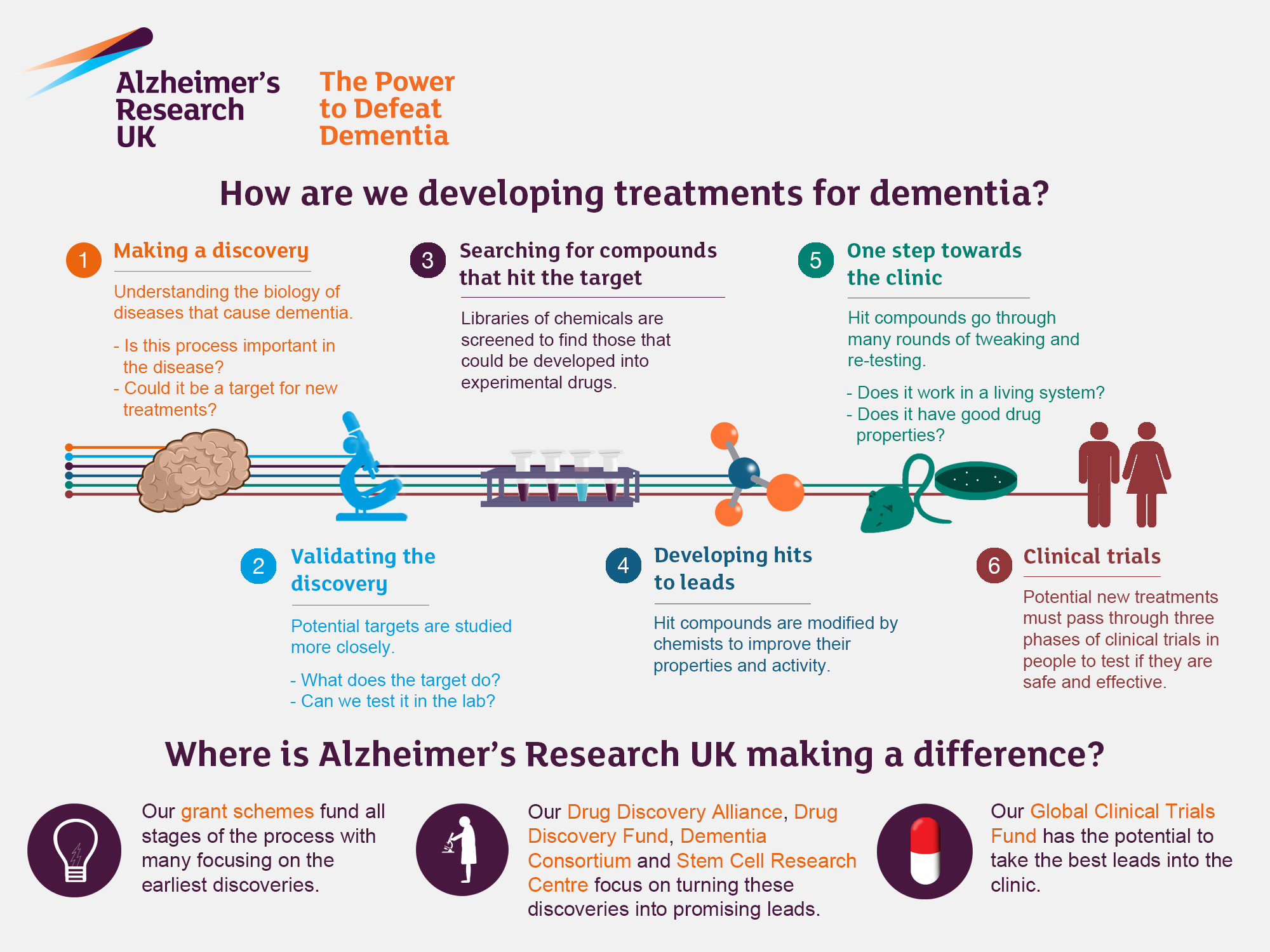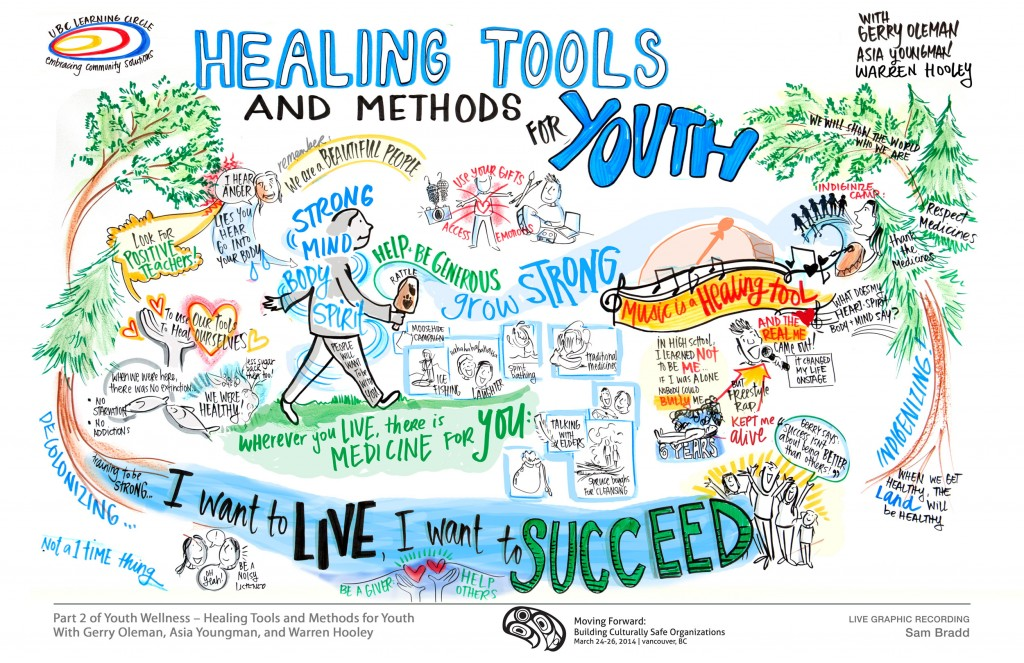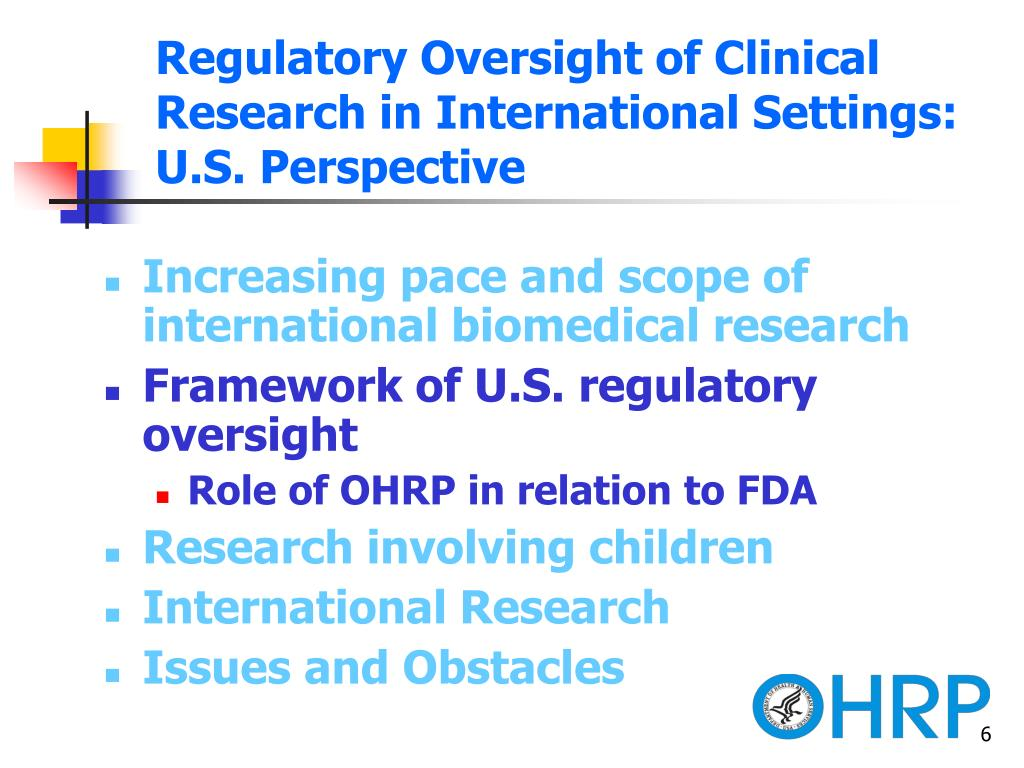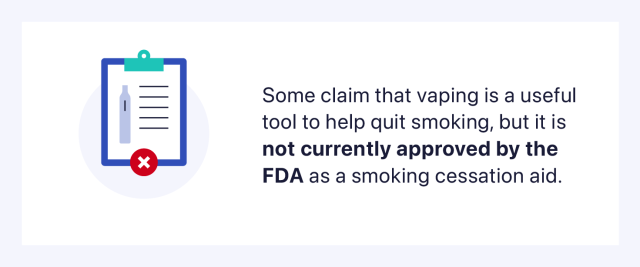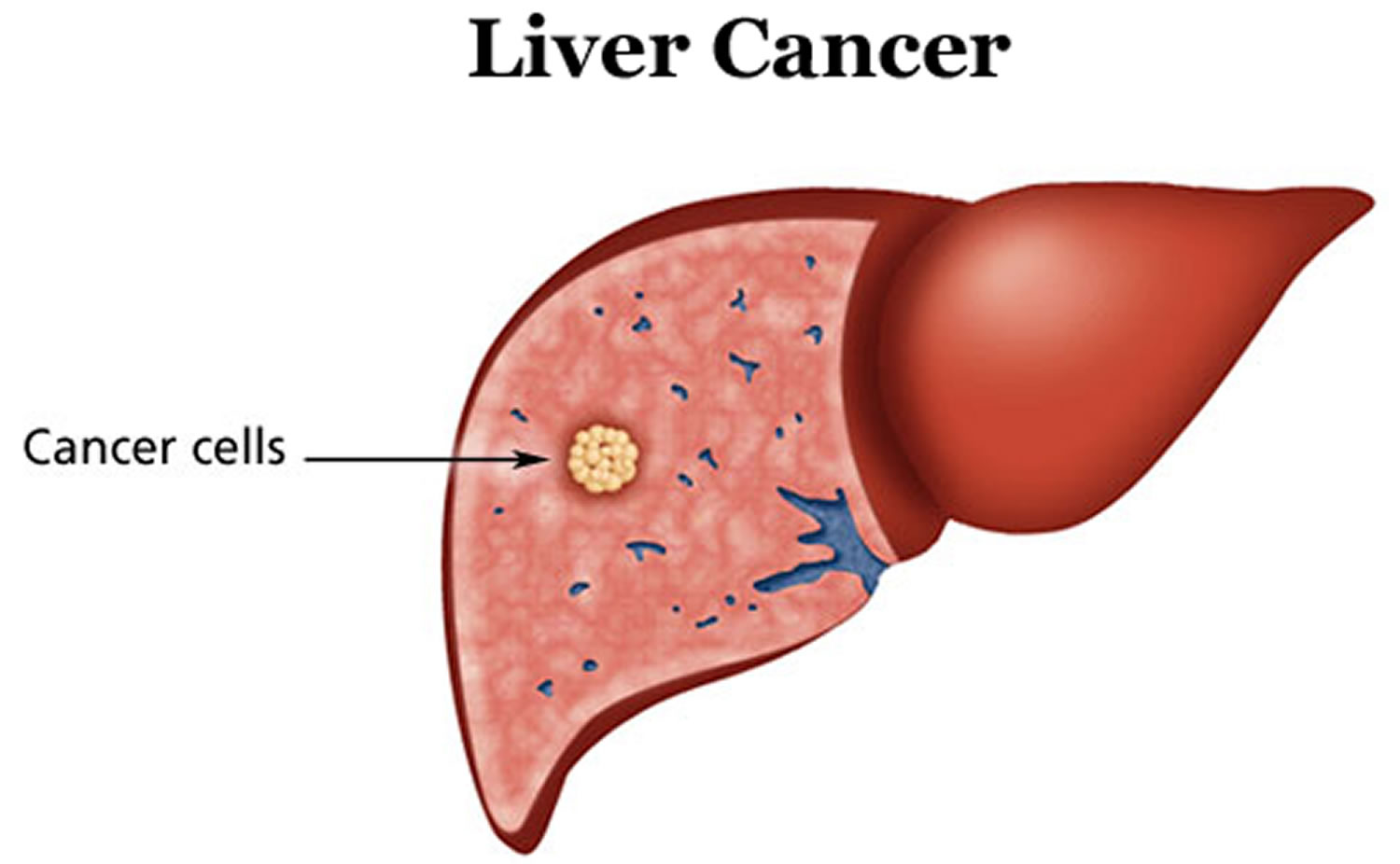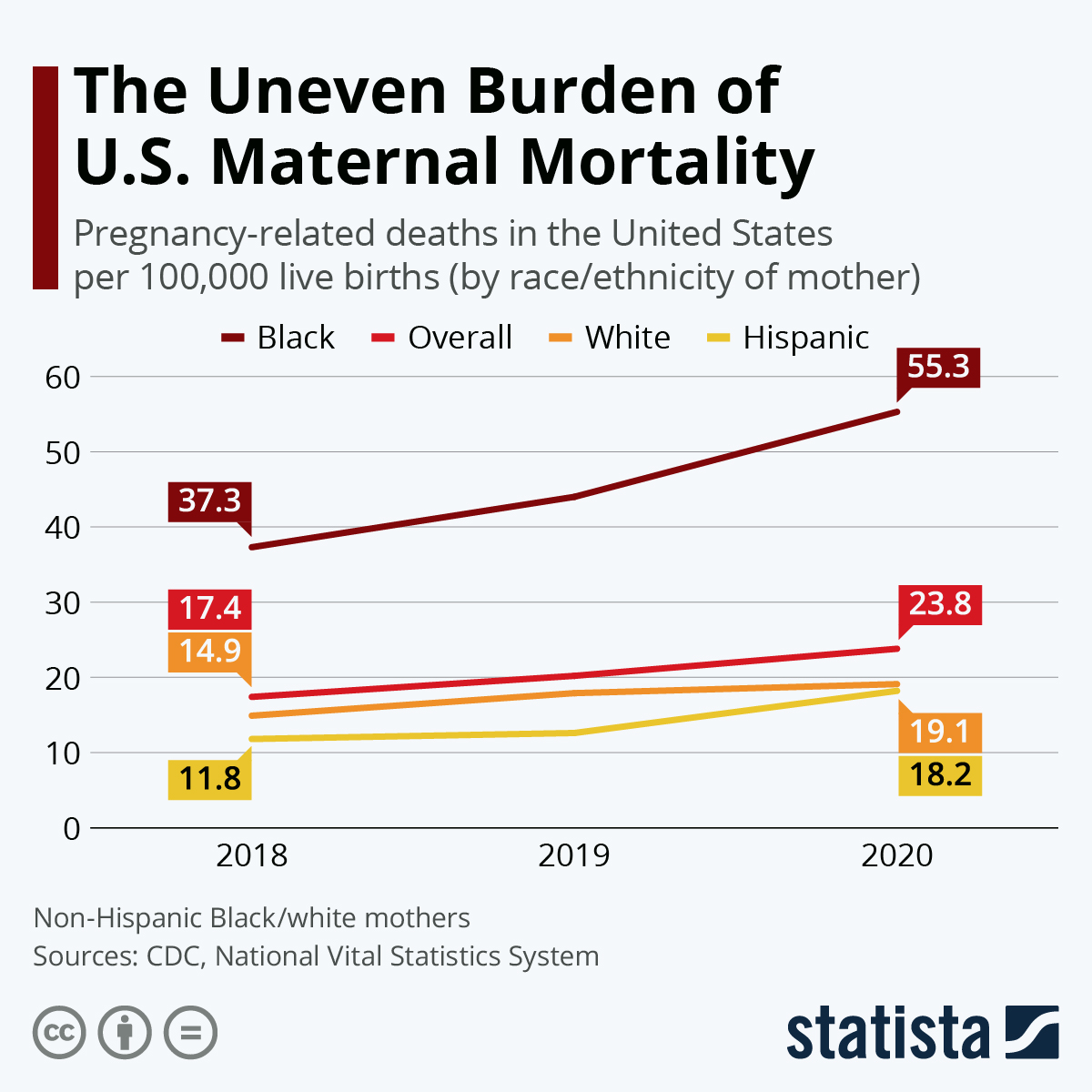Alzheimer’s research is at the forefront of combating one of the most pressing challenges in modern healthcare. Neuroscientist Beth Stevens has made groundbreaking discoveries regarding microglial cells, the brain’s immune system, which play a crucial role in maintaining neural health. These cells are responsible for monitoring the brain and aiding in the removal of damaged cells, yet their dysfunction can lead to the development of Alzheimer’s disease and other neurodegenerative disorders. With Stevens’ innovative findings, new treatments for Alzheimer’s disease can emerge, offering hope to the millions affected. In the face of rising prevalence, her work not only promises earlier detection through novel biomarkers but also reshapes our understanding of the essential mechanisms behind cognitive decline.
The exploration of Alzheimer’s disease extends beyond mere memory loss; it delves into the complexities of neurodegeneration and the underlying cellular processes involved. Researchers like Beth Stevens are uncovering how cells in the brain, particularly microglia, serve as guardians of neurological health, ensuring proper communication and synaptic function. As we deepen our understanding of the brain’s immune responses, we begin to see the potential for innovative Alzheimer’s treatments that target these critical pathways. By illuminating the connections between microglial activity and neurodegenerative conditions, Stevens’ findings underscore the importance of foundational science in shaping future therapies. As the aging population grows, this line of research becomes increasingly vital in addressing the looming challenges posed by Alzheimer’s and similar disorders.
Understanding Microglial Cells in Alzheimer’s Disease
Microglial cells serve as the brain’s innate immune response, constantly surveying their environment for signs of injury or disease. In the context of neurodegenerative disorders like Alzheimer’s disease, these cells play a pivotal role. They are responsible for clearing damaged cells and maintaining homeostasis within neural circuits. However, recent discoveries have shown that abnormal activity of microglia can lead to excessive or insufficient synaptic pruning, complicating the condition. For instance, Beth Stevens’ research at the Stevens Lab reveals that this mismanagement by microglial cells may contribute significantly to Alzheimer’s pathology, highlighting their importance in both the maintenance and decline of cognitive functions.
As affected individuals age, the interaction between neuroinflammation and microglial dysfunction becomes a critical factor in the onset and progression of Alzheimer’s disease. The research underscores the dual nature of microglia: while they are crucial for health and repair in the brain, when misregulated, they can exacerbate neurodegeneration. The implications of this discovery open avenues for innovative treatments that target microglial activity to potentially slow or halt the progression of Alzheimer’s. Future therapies may involve modulating these immune responses, ushering in a new era of Alzheimer’s disease treatment that shifts focus from neurons to the inflammatory processes within the brain.
Beth Stevens’ Pioneering Discoveries in Neurodegenerative Research
Beth Stevens’ contributions to our understanding of neurodegenerative diseases are significant and transformative. Her work has established crucial links between microglial activity and synaptic health, shedding light on potential biomarkers for Alzheimer’s and other similar disorders. By utilizing samples and models that range from animals to human tissues, Stevens has been able to paint a comprehensive picture of how microglia function and misfunction in the brain. This research not only paves the way for new treatments but also enhances our understanding of the underlying mechanisms that drive conditions such as Alzheimer’s disease and Huntington’s disease.
Moreover, Stevens emphasizes the vital role that foundational science plays in the context of therapeutic advancements. Her dedication to exploring the complexities of the brain’s immune system through curiosity-driven research highlights how seemingly unrelated findings can contribute significantly to disease treatment pathways. With the aging population and rising Alzheimer’s cases, the impact of her findings could lead to more effective strategies aimed at early detection and intervention, ultimately improving the quality of life for millions affected by neurodegenerative disorders.
The Future of Alzheimer’s Research and Microglia
The insights gained from Stevens’ research serve as a guiding light for the future of Alzheimer’s research. With the projected doubling of Alzheimer’s cases in the coming decades, there exists an urgent need for innovative approaches to treatment and prevention. Stevens’ work indicates that by focusing on the immune responses at play within the brain, scientists can develop new interventions that directly address the mechanisms of the disease. This shift towards understanding microglial cells opens new possibilities for therapies that were previously unexplored in traditional Alzheimer’s disease treatment paradigms.
As research continues, the collaboration between scientists, federal agencies, and institutions like the Broad Institute of MIT and Harvard will be essential. The foundation laid by Stevens and her team emphasizes the importance of continued investment in basic science that can lead to groundbreaking discoveries. Furthermore, the potential for translating this knowledge into clinical applications provides hope not only for those currently living with Alzheimer’s but also for future generations at risk of neurodegenerative disorders. As we stand on the precipice of these advancements, the commitment to unraveling the complexities of the brain’s immune system remains crucial.
Innovative Approaches in Alzheimer’s Disease Treatment
The exploration of innovative treatment approaches for Alzheimer’s disease is gaining momentum as researchers uncover the cellular mechanisms underlying the disorder. One revolutionary approach stems from understanding how microglial cells, the brain’s immune system, regulate the neural environment. By addressing the dysregulation of these immune responses, scientists are investigating strategies to harness the protective capabilities of microglia while preventing their harmful activities. This therapeutic perspective opens doors to new modalities that could potentially slow disease progression and improve patient outcomes.
For instance, targeting the signaling pathways that govern microglial behavior might allow for the development of drugs that enhance the cells’ protective functions without exacerbating inflammation or synaptic pruning. Furthermore, integrating findings from Stevens’ lab with advanced biotechnologies can lead to the identification of novel biomarkers that enable earlier and more precise diagnosis of Alzheimer’s. Such early detection strategies are critical for initiating treatment before substantial cognitive decline occurs, thereby helping to alleviate the burden of Alzheimer’s disease on individuals and the healthcare system alike.
Impact of Federal Support on Alzheimer’s Research
Federal support has been pivotal in advancing Alzheimer’s research, particularly in funding foundational studies that explore cellular mechanisms related to neurodegenerative disorders. As scientists like Beth Stevens have shown, the backing from organizations such as the National Institutes of Health empowers researchers to pursue innovative lines of inquiry that may not immediately suggest clinical applications. This funding fosters an environment where curiosity-driven science can flourish, leading to breakthroughs that have significant implications for Alzheimer’s treatment and understanding.
The continued investment into basic research not only enables the exploration of microglial cells and their role in the brain but also cultivates future innovations. As funding flows into projects aiming to decode the complexities of the brain’s immune system, there is a potential for developing novel therapeutic strategies aimed at combatting Alzheimer’s and other neurodegenerative diseases. The reciprocal relationship between government support and scientific discovery underscores the necessity of sustained funding to drive progress in the fight against Alzheimer’s and ensure the development of effective treatments for millions affected by this devastating condition.
The Role of Biomarkers in Early Detection of Alzheimer’s Disease
Biomarkers are becoming increasingly central in the quest to detect Alzheimer’s disease earlier and with greater accuracy. In light of Beth Stevens’ research, the identification of microglial-related biomarkers signifies a pivotal advancement in how we understand and diagnose neurodegenerative disorders. By pinpointing markers that indicate microglial dysfunction, researchers aim to develop tools that can detect Alzheimer’s long before clinical symptoms manifest. This proactive approach may allow for timely interventions that could slow the disease’s progression and enhance patient care.
The implications of such advancements are profound, especially considering the rising prevalence of Alzheimer’s in aging populations. Biomarkers associated with early-stage neuroinflammation may help in identifying at-risk individuals, leading to preventative strategies that address potential cognitive decline as early as possible. As research continues to evolve, developing a robust set of biomarkers will be essential for personalized medicine approaches in treating Alzheimer’s, ensuring that patients receive the most effective therapies based on their individual biochemical profiles.
Neuroinflammation: A Key Player in Alzheimer’s Disease Progression
Neuroinflammation is gaining recognition as a central phenomenon in the progression of Alzheimer’s disease, particularly through the lens of microglial cell function. As part of the brain’s immune system, microglia respond to pathological changes by initiating inflammation that, when unregulated, might contribute to neuronal damage. Beth Stevens’ investigations shed light on how chronic neuroinflammation can result in a harmful cycle that accelerates the decline of cognitive functions in Alzheimer’s patients. Understanding this interplay between microglia and inflammation may reveal critical pathways for therapeutic intervention.
Moreover, targeting neuroinflammation presents an exciting opportunity for developing new Alzheimer’s disease treatments that could mitigate the damaging effects of this immune response. Strategies might involve modulating microglial activity to promote a protective instead of a detrimental inflammatory response. Ultimately, tackling the neuroinflammatory aspect of Alzheimer’s could lead to innovative avenues for restoration and enhancement of cognitive function, providing hope for millions living with this challenging condition.
The Intersection of Genetics and Alzheimer’s Research
Exploring the intersection of genetics and Alzheimer’s research presents a significant opportunity to understand the disease at a molecular level. Researchers are investigating genetic loci that may influence microglial functions and drive the pathways toward Alzheimer’s disease onset. Beth Stevens has highlighted that understanding these genetic influences can help tailor treatments to individual patients based on their genetic risk factors, thus paving the way for personalized approaches to Alzheimer’s therapy.
With advancements in genomic technologies, researchers can now map out the complex genetic landscape associated with Alzheimer’s. This information can enhance the development of targeted therapies that address specific genetic vulnerabilities in microglial function, potentially leading to better patient outcomes. As the field continues to evolve, integrating genetic insights with microglia-focused research will be essential in advancing our understanding of Alzheimer’s disease and improving therapeutic strategies.
Public Awareness and Education on Alzheimer’s Disease
As the prevalence of Alzheimer’s disease continues to rise, public awareness and education about the condition are becoming increasingly crucial. Understanding the role of microglial cells and neuroinflammatory processes in Alzheimer’s can empower individuals to recognize early signs of cognitive decline and seek intervention sooner. Efforts to educate the public about these mechanisms can foster a more informed populace, reducing stigma and encouraging proactive healthcare behaviors.
Moreover, greater public understanding can facilitate community support systems for patients and caregivers navigating the complexities of Alzheimer’s. Initiatives that highlight the latest research outcomes, such as those from Beth Stevens’ lab, can galvanize advocacy for increased funding and resources towards Alzheimer’s research. By building a culture of awareness and support, we can enhance the lives of millions affected by this neurodegenerative disorder and propel the search for effective treatments.
Frequently Asked Questions
What role do microglial cells play in Alzheimer’s research?
Microglial cells are crucial in Alzheimer’s research as they act as the brain’s immune system. They monitor for signs of illness or damage, removing dead cells and pruning synapses. However, abnormal microglial activity can contribute to neurodegenerative disorders like Alzheimer’s disease.
How is Beth Stevens contributing to Alzheimer’s disease treatment?
Beth Stevens is making significant contributions to Alzheimer’s disease treatment through her research on microglial cells. Her discoveries have helped identify how these immune cells can contribute to the progression of Alzheimer’s, paving the way for new medications and biomarkers for earlier detection.
What are the implications of Stevens’ discoveries on neurodegenerative disorders like Alzheimer’s?
Stevens’ discoveries regarding microglial cells have critical implications for neurodegenerative disorders, including Alzheimer’s disease. Understanding how these cells improperly prune synapses could lead to innovative treatment strategies, enhancing care for millions affected by such conditions.
What are the potential advancements in Alzheimer’s research linked to abnormal pruning by microglia?
Research indicating that abnormal pruning by microglia contributes to Alzheimer’s disease opens new avenues for advancing Alzheimer’s treatments. By targeting the mechanisms behind this abnormal pruning, scientists aim to develop effective therapies to counteract neurodegenerative processes.
How significant is the funding from institutions like NIH for Alzheimer’s research?
Funding from institutions like the National Institutes of Health (NIH) is vital for Alzheimer’s research. It supports foundational studies that lead to breakthroughs in understanding diseases, including the pivotal role of microglial cells in Alzheimer’s and the development of future treatments.
What impact does the aging U.S. population have on Alzheimer’s research funding and focus?
The aging U.S. population, with projections of Alzheimer’s cases doubling by 2050, has intensified the focus on Alzheimer’s research and funding. This demographic shift demands innovative solutions and treatments, making research on microglial cells and related areas increasingly critical.
Why is basic science important in the context of Alzheimer’s research?
Basic science is essential in Alzheimer’s research because it lays the groundwork for understanding complex mechanisms, such as microglial cell functions. Discoveries made through curiosity-driven research often lead to breakthroughs that can significantly impact treatment and care for Alzheimer’s disease.
| Key Point | Details |
|---|---|
| Research Focus | Neuroscientist Beth Stevens is studying microglial cells, which act as the immune system for the brain. |
| Microglial Function | Microglia monitor brain health, remove dead cells, and prune synapses essential for neuronal communication. |
| Impact on Diseases | Abnormal pruning by microglia is linked to Alzheimer’s, Huntington’s, and other neurodegenerative diseases. |
| Funding and Support | Stevens’ research has largely depended on federal grants, emphasizing the importance of foundational science. |
| Future Implications | The research aims for new medications and biomarkers to detect Alzheimer’s earlier, potentially benefiting 7 million Americans. |
Summary
Alzheimer’s research is evolving thanks to the groundbreaking work of scientists like Beth Stevens, who focuses on the crucial role of microglial cells in the brain. These findings offer hope for better treatments and diagnosis of Alzheimer’s disease, addressing the urgent need as case numbers are expected to rise significantly by 2050. By enhancing our understanding of the brain’s immune response and its implications for neurodegenerative diseases, Stevens’ ongoing research promises to make a substantial impact on the lives of millions affected by Alzheimer’s.
